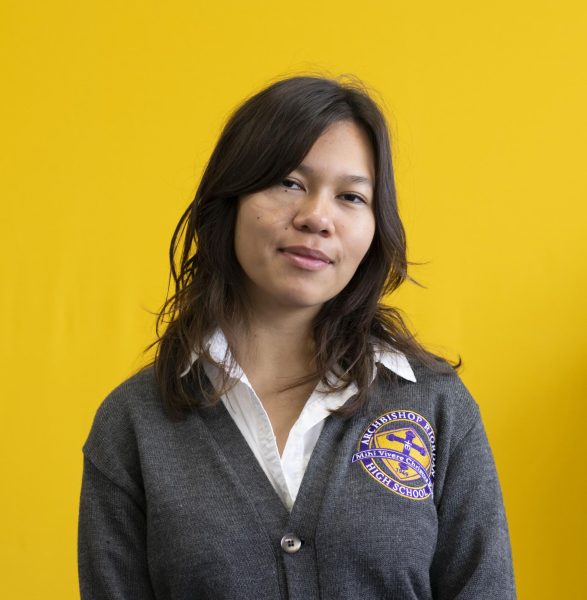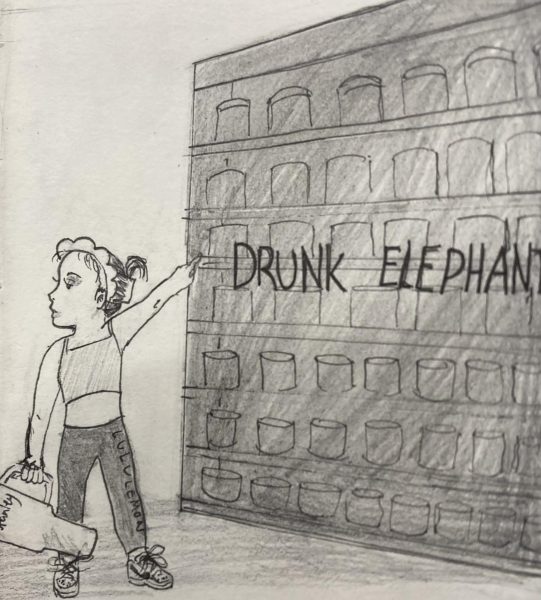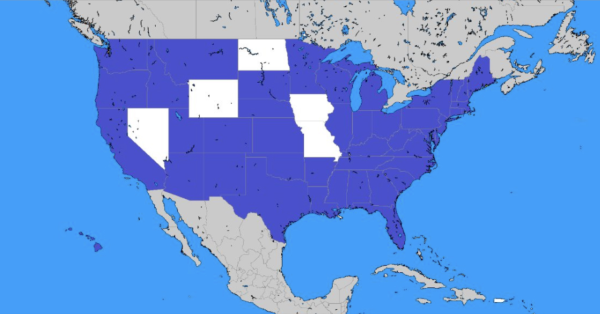Affirmative action fails to address root problems
February 27, 2023
Despite several challenges against it since its original inception, affirmative action —the practice of race-conscious admissions — has been asserted as constitutional and necessary by the courts. However, with the current Supreme Court, likely the most conservative Supreme Court the country has seen in the past century, there is uncertainty around this current practice.
As the times progress, the question of affirmative action’s “necessity” often arises. While this method of reserving spaces in universities was deeply necessary at the time of affirmative action’s implementation, the line between its positive and negative outcomes have become murky. It is undeniable that the practice yields good results in providing access to excellent post-secondary education for minority students. In fact, while the University of California system remains diverse, this is arguably due to the diversity of the state itself, and since these universities’ discontinuation of the affirmative action practice in the 1970s, they have been unable to serve minorities in the way they once did. For instance, they have been unable to admit as many African American students as they did while using affirmative action admissions policies.
It is important to acknowledge, however, that affirmative action inherently will diminish the already depleting respect that these students will receive in a racist society. As people of color, myself included, there is a constant need to prove ourselves to others. While affirmative action serves to “level the playing field,” it is also frequently used as leverage against us, some sort of “proof” that our admissions into particular schools —our achievements— were nothing short of a lucky break, an act of pity, or the need to meet a quota.
Furthermore, by focusing on race alone, affirmative actions often fail to account for economic barriers. Historically, minorities have been isolated in urban communities and perpetually kept in low income communities. As our definitions of diversity begin to shift, it may be time for affirmative action to broaden its scope. This then poses the question: Does reserving a space at a university for an African American male applicant, for instance, who grew up in the suburbs and attended elite private schools his entire life, truly “level the playing field” in the way it should be? Perhaps, rather than focusing on race alone, a focus on elevating minority students of lower socioeconomic backgrounds as well may prove to be more effective.












